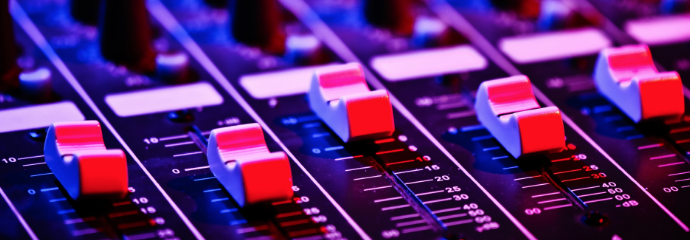
Today we are going to talk about Rhythm and Music Notation.
In 4/4 Time there is Four Quarter Notes to a measure. You would count them 1-2-3-4. Most popular music is written in 4/4 time. It is probably the most popular time signature in western music.
If a piece were in 3/4 time, then you would have three quarter notes per measure. You would count this 1-2-3. A waltz is a good example of a piece in 3/4 time.
In 2/4 time there will be two quarter notes per measure. Like a march.
The conductor directs the orchestra. It is also his or her job to catch any mistakes and to run rehearsals.
The Sleeping Beauty Waltz
Example of a March
Not all music is in simple duple or triple meter. Many musical styles from nonwestern countries combine all types of meters and rhythms into very complex interweavings of music.
Indian Tabla Music
AfroCuban Music
Javanese Gamelan Music
Compare the meters and rhythms of the thre previous examples. How were they different? How were they the same? How do these rhythms and meters compare to the classical music examples?
While Western music in the Renaissance, Baroque, Classical, and Romantic eras remained largely in duple or triple meter, music from the 20th century until now has utilized many, many different types of meters and rhythms. Funny enough, music from the Middle Ages, like Gregorian Chant did not have set meters.
Most of the classical music we will be studying this semester will be in duple meter. Here is a short example of how duple classical music really is:
This mix was created by composer Wendy Carlos, who also composed the original music to Tron.
Contemporary composers do all kinds of things with rhythm. Starting in the 20th century, percussion ensembles became popular, and composers began writing for percussion like they would write for any other instrument family.



Comments